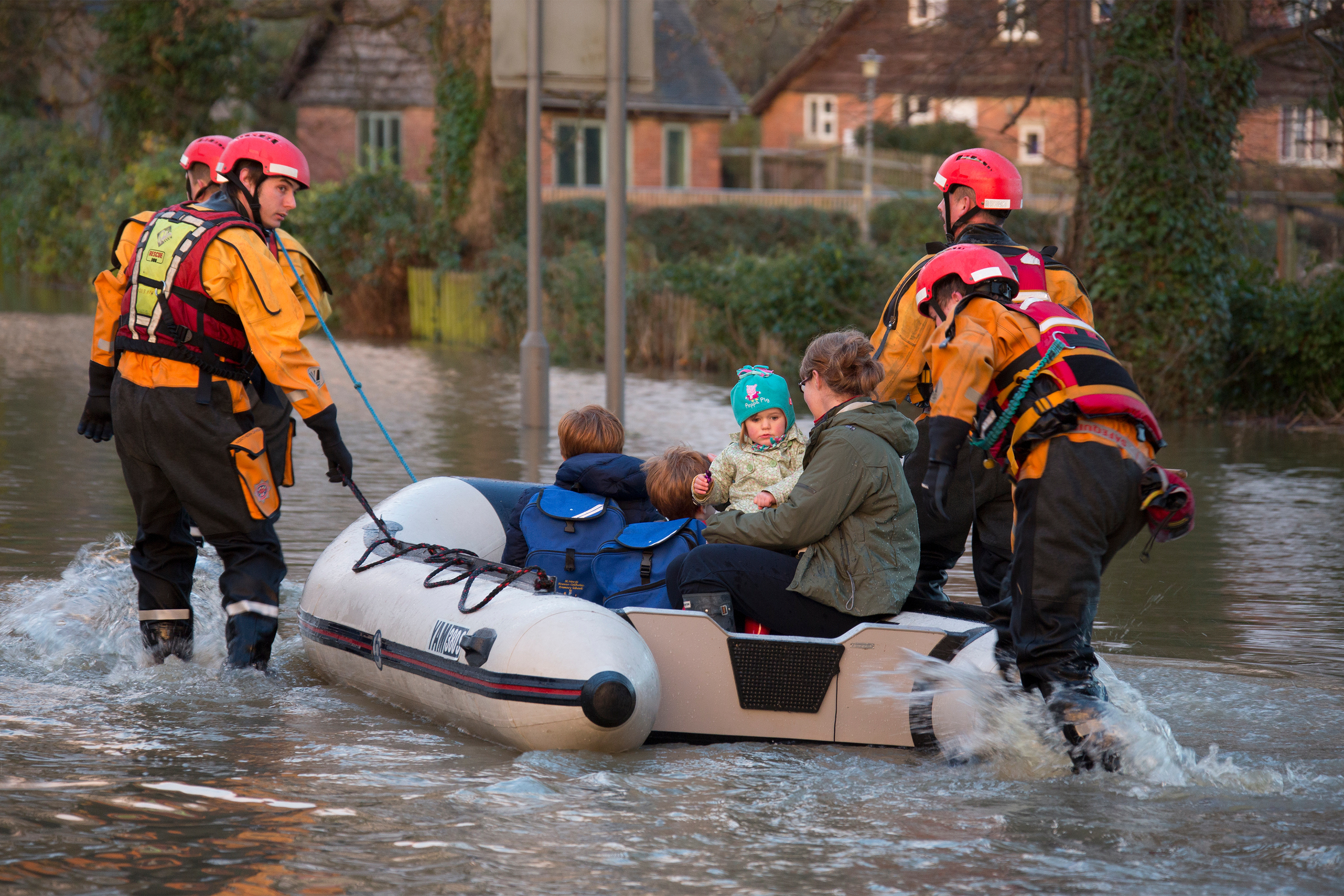How might we help improve an emergency response to a natural disaster?
Reinventing Disaster Relief
Product Design + Design Research + UX Design + Machine Learning
While researching disaster relief in graduate school, I found that in the wake of Hurricane Harvey in 2017, emergency responders desperately struggled to respond in a timely manner: to locate victims and prioritize relief. So, I devised a simple method that could improve the disaster response under such conditions.


Photos courtesy of FEMA / Shutterstock.com
1. Frame the Scope
Objective - I set out to improve how emergency responders locate victims.
Outcome - Leveraged victims’ mobile devices to build an emergency communication network.
My Roles:
Project Leader
Product Designer
Design Researcher
UX/UI Designer
Brand Development
2. Understand the Problem



Photos by Staff Sgt. Daniel J. Martinez Air National Guard / Shutterstock / FEMA
Discovery Process:
- Secondary Research
- Stakeholder interviews
- Survivor interviews
- Technology assessments
Key Insights.:
- Catastrophic natural disasters typically destroy standard phone service networks.
- First resonders don;t have a quick way to locate vicitms after a natural disaster.
- A drone mesh network can be used to braodcast wifi signals to mobile devices.
- Some people need evacuation while others just require basic supplies and prefer to weather the storm.
Experience principals:
- Simple to implement.
- Put human safety first.
- Rely on available tools.- Works during a weather disaster.
3. Reframe the problem
How might we simplify the emergency response to get the right help to the right people during the worst natural disasters?
4. Design, test, and iterate
Rebuild connections. Introducing the "Banded Emergency Response Drone" (BERD) system. It is a mesh network system that uses flying drones and a broabcast signal to locate and connect victims with rescuers though their mobile mobile phones in devastated areas.
Get to those who are worst-off first. A locally broadcast signal allows victims request help in real-time. By locaying vicitms quickly, emergency responders can better prioritize and plan rescues.
Keep it simple. A simple interface gives victims easy access to help categories allowing rescuers assess who needs immediate evacuation or supplies.
Results
BERD™ is a human-centered design research project introducing a new tool for emergency responders to save more lives. With further development, the overall concept could be easily live-tested with minimal modification to current technology. Additionally, development of a digital dashboard for emergency response management could help track emergency calls, pilot the drones, and coordinate the rescue efforts.
Plus, this is an excellent opportunity for an AI application to assist with response times, traffic control, and resource management.









